Mueren más de 400 ballenas encalladas en una playa de Nueva Zelanda (+fotos)
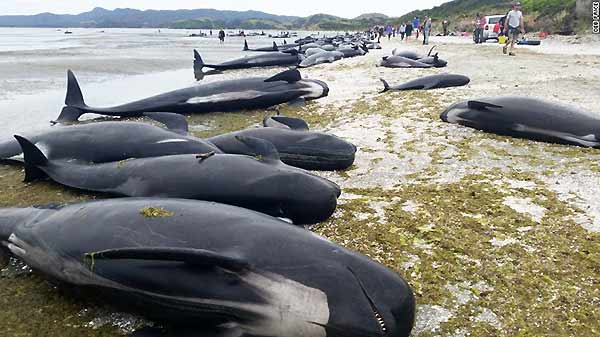
Ballenas encalladas en Nueva Zelanda | Foto: Deb Price
Más de 400 ballenas encallaron este viernes en una playa de Nueva Zelanda y la mayoría murió a pesar de los esfuerzos por salvar a las sobrevivientes indicó el ministerio de Conservación del medio ambiente.
Andrew Lamason, portavoz del departamento, dijo que que 416 ballenas piloto encallaron por la noche en Farewell Spit en la región de Golden Bay, en la extremidad norte de la Isla Sur, una de las dos principales de Nueva Zelanda.
En los anales de Nueva Zelanda, donde el fenómeno es relativamente frecuente, sólo se registran dos de mayor importancia por la cantidad de ballenas encalladas, en el siglo pasado.
Lamason dijo que un 70% había perecido y que las perspectivas de rescate para intentar devolver con vida a alta mar a las restantes no eran demasiado optimistas.
“Con esta cantidad de ejemplares muertos, hay que asumir que las demás se encuentran en mal estado”, explicó el responsable a Radio Nueva Zelanda. “Por esa razón nos preparamos para lo peor”.
Hay tantos cadáveres en el agua que los voluntarios tienen dificultades para devolver a los cetáceos al océano, explicó a la AFP un vocero del departamento.
Sin embargo, los voluntarios lograron poner en el agua a buena parte de los cetáceos que quedaban con vida y formaron una cadena humana para intentar impedir que vuelvan a encallar.
“Esperemos que la marea se los lleve mar adentro y que puedan irse”, agregó la misma fuente.
Este tipo de ballenas son conocidas por su tendencia a volver hacia la playa aunque que se la eche de nuevo al mar. Los especialistas consideran que podría tratarse de un comportamiento tendiente a reunirse con los demás miembros del grupo.
Fenómenos anteriores más masivos se registraron en 1918, cuando unos mil ejemplares encallaron en las islas Chatham, seguido en importancia por otro de 450 en Auckland en 1985.
Las ballenas piloto, también conocidas como calderones, llegan a medir hasta seis metros de largo y son la especie más común en Nueva Zelanda.
En Farewell Spit, situada a unos 150 kilómetros al oeste de la ciudad turística de Nelson, hubo al menos nueve fenómenos masivos de ballenas encalladas en la última década, siendo esta última la más importante en ese período.
Según el experto, no existe explicación científica clara a ese comportamiento, siendo la causa probable la geografía submarina del lugar.
“Si alguien se propusiese diseñar un lugar para atrapar ballenas, Golden Bay sería probablemente el diseño ideal”, comenta.
“Frente a Farewell Spit existe una gran cantidad de arena en forma de gancho y las aguas son poco profundas: una vez que las ballenas entraron, es difícil que puedan volver a salir”, reseñó AFP.
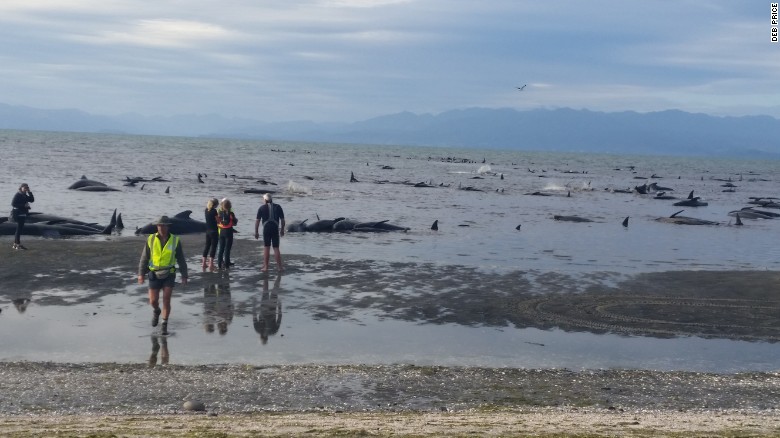

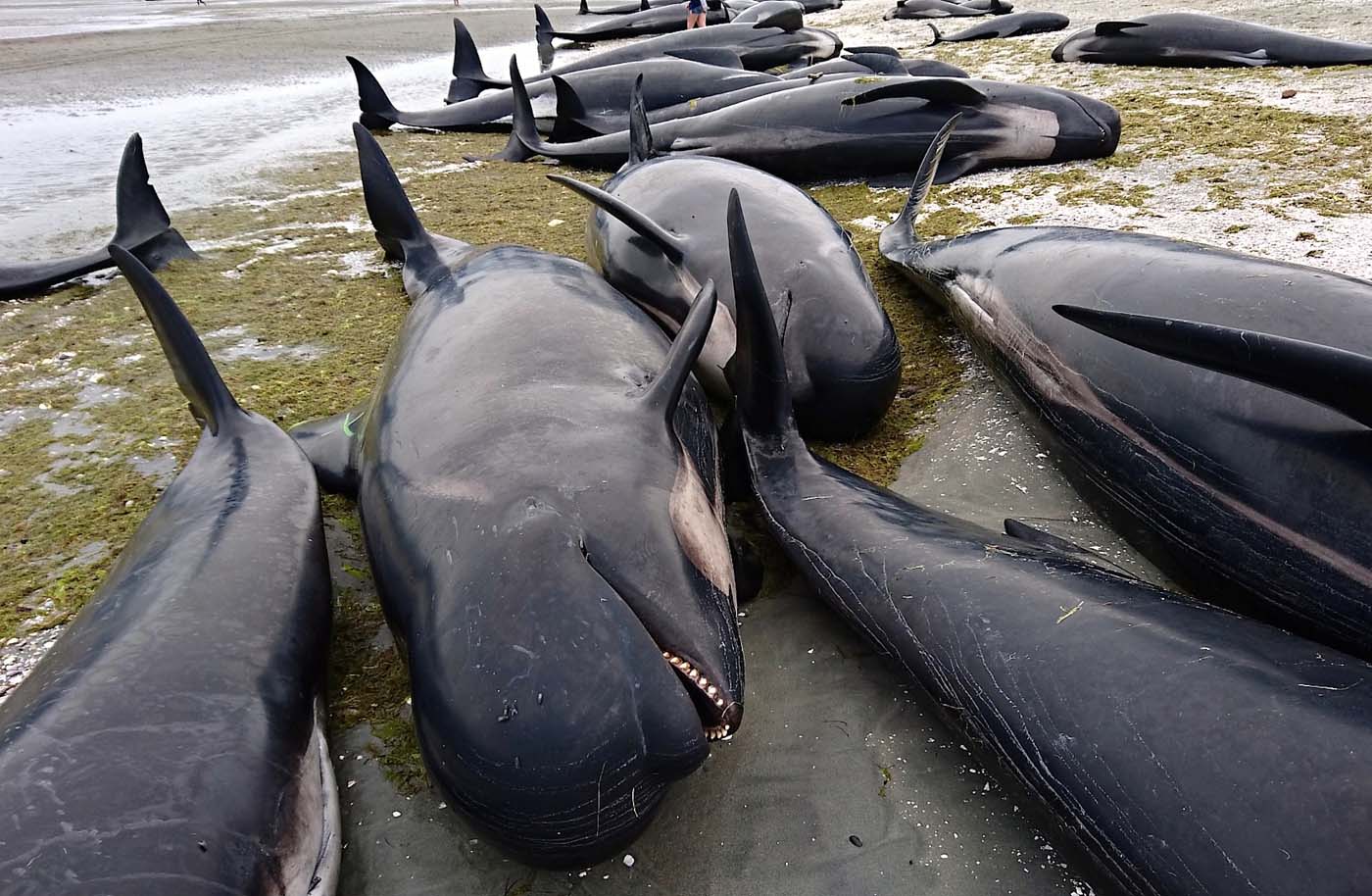
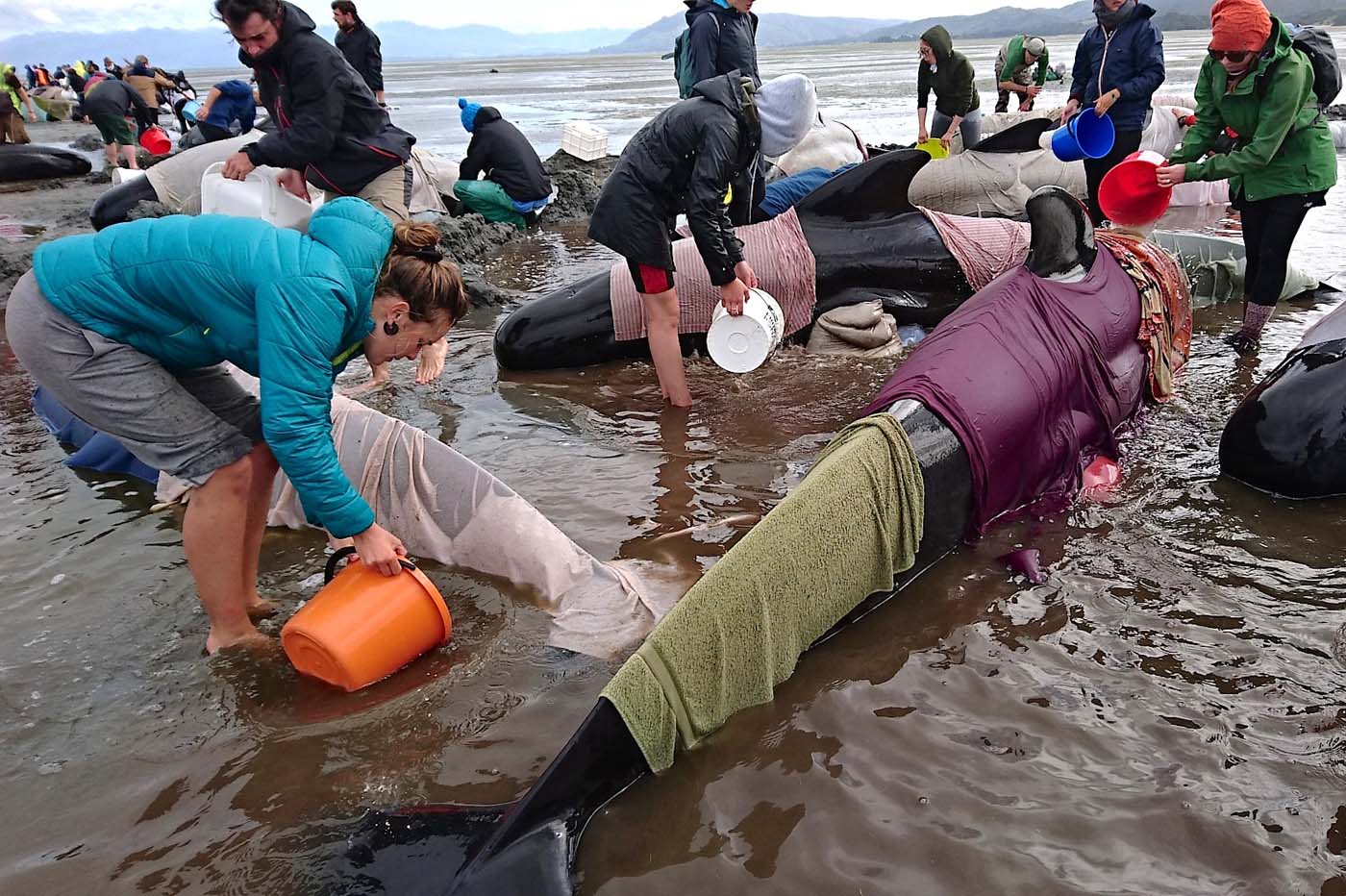
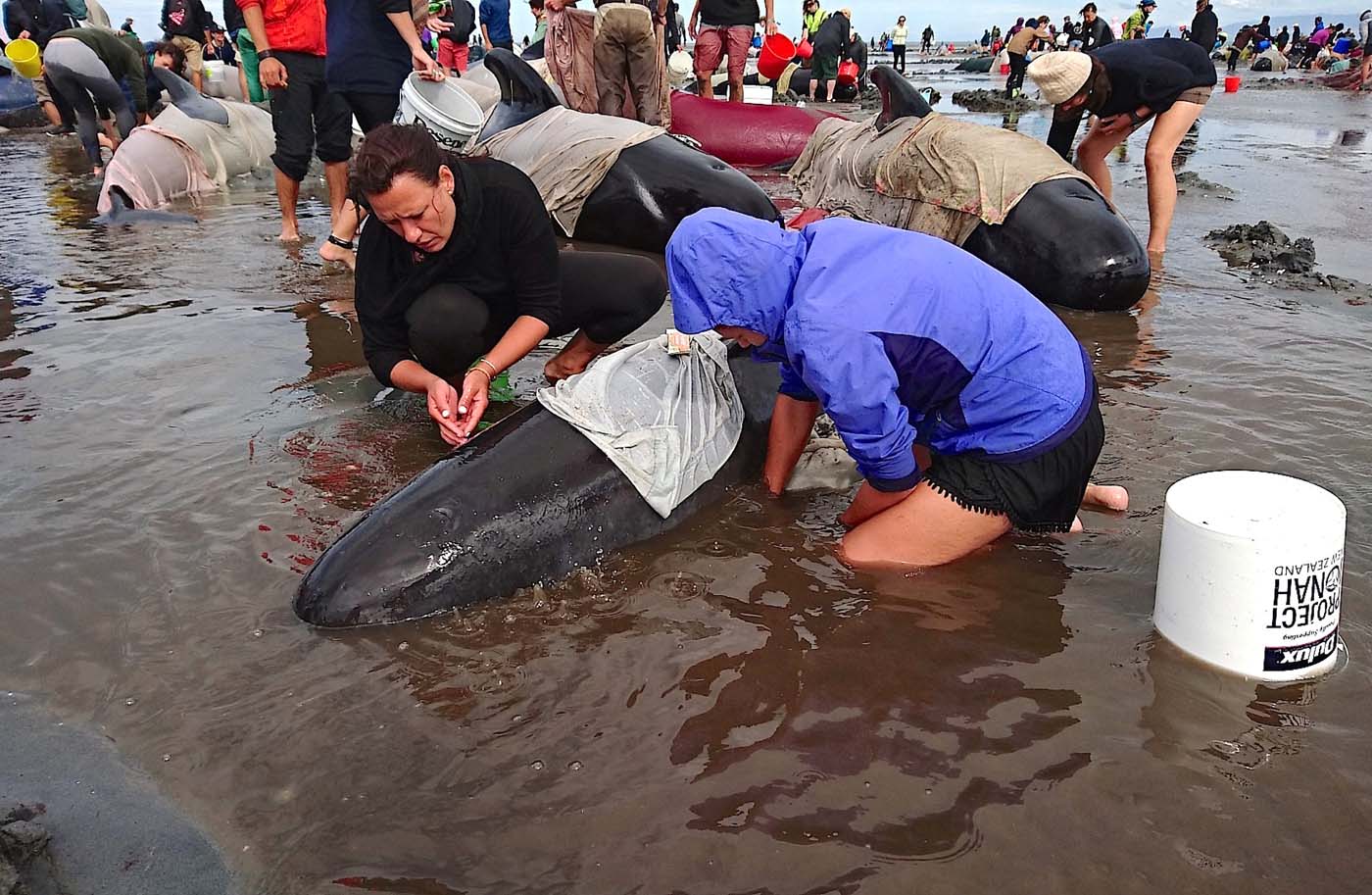
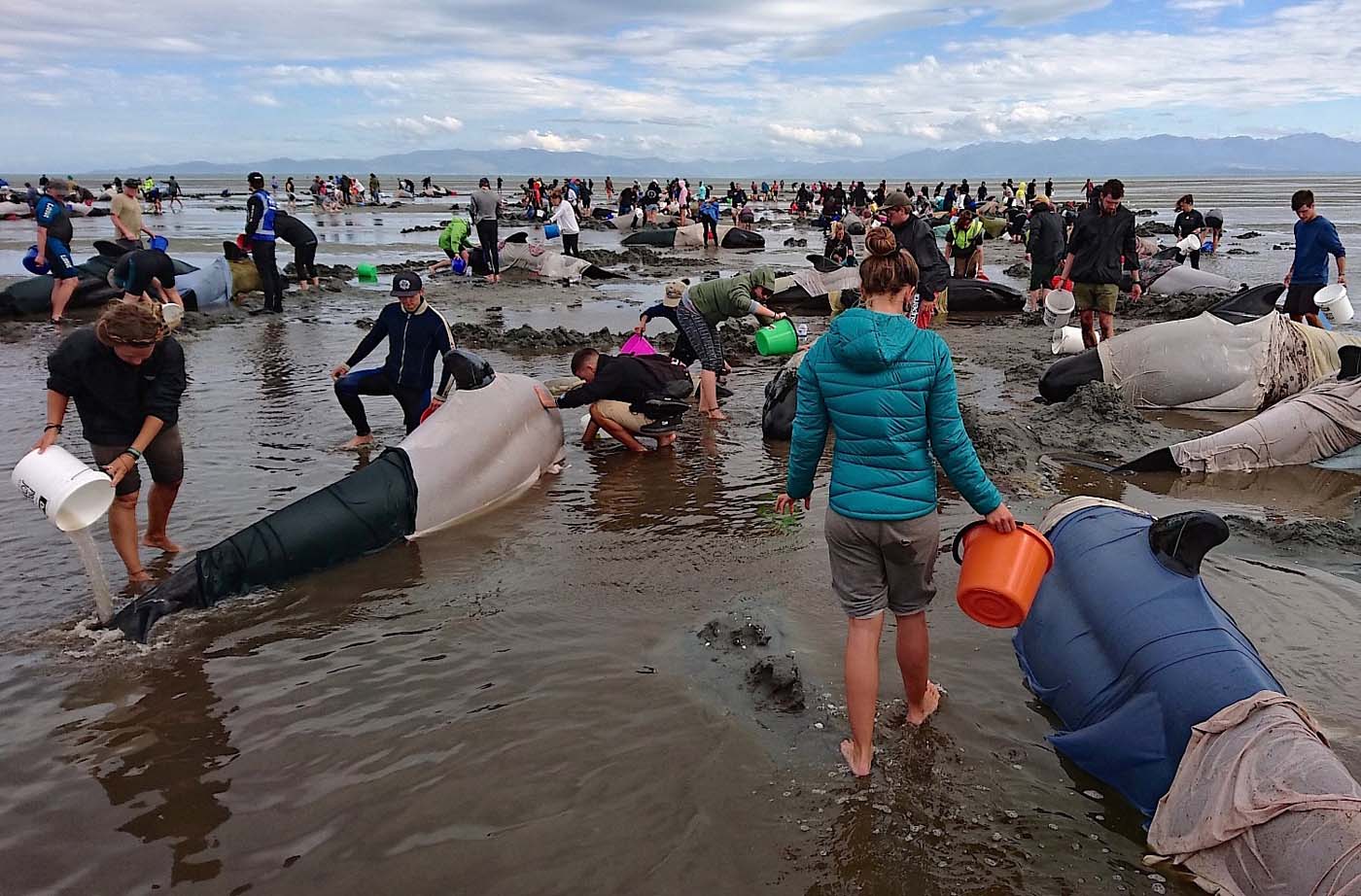
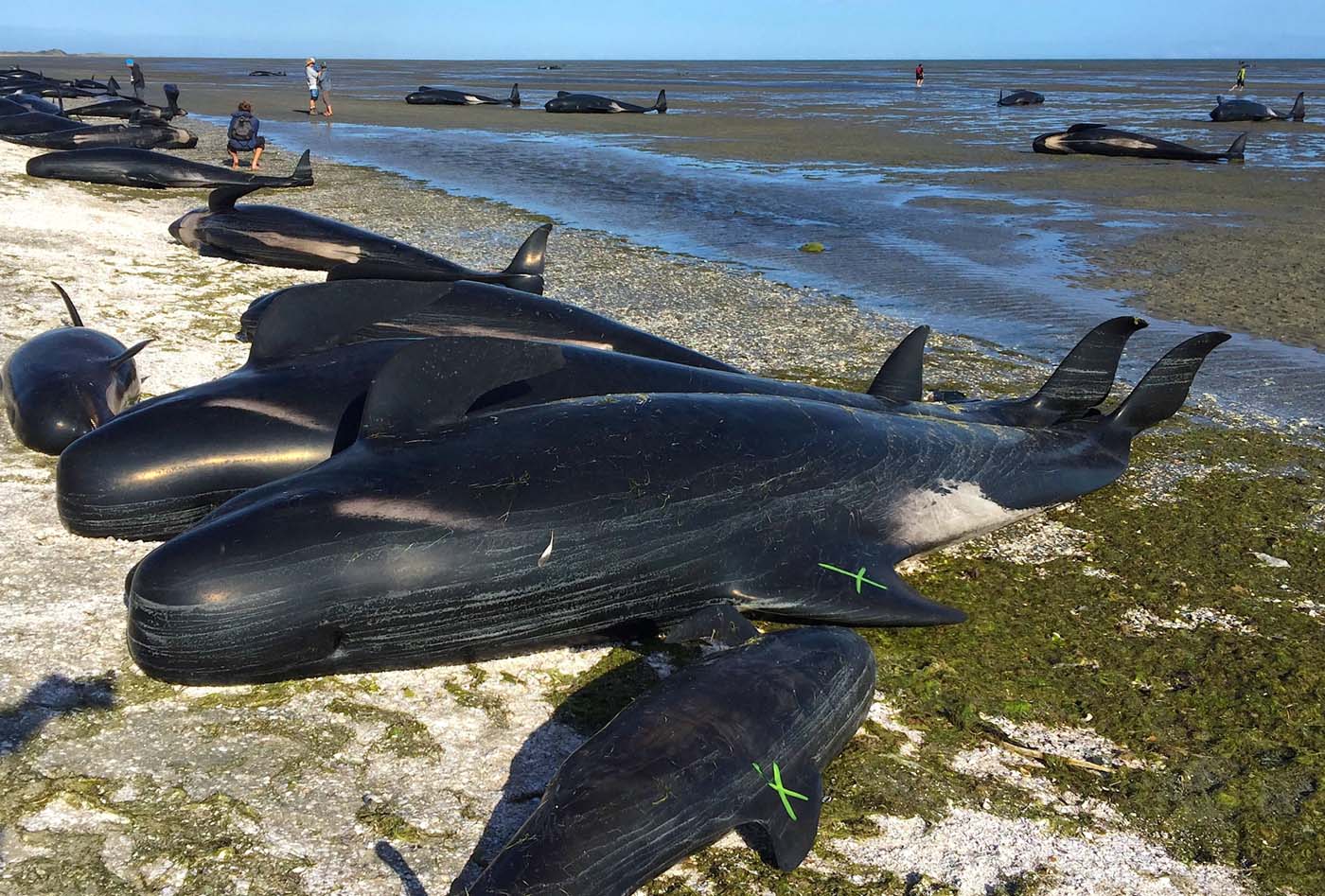
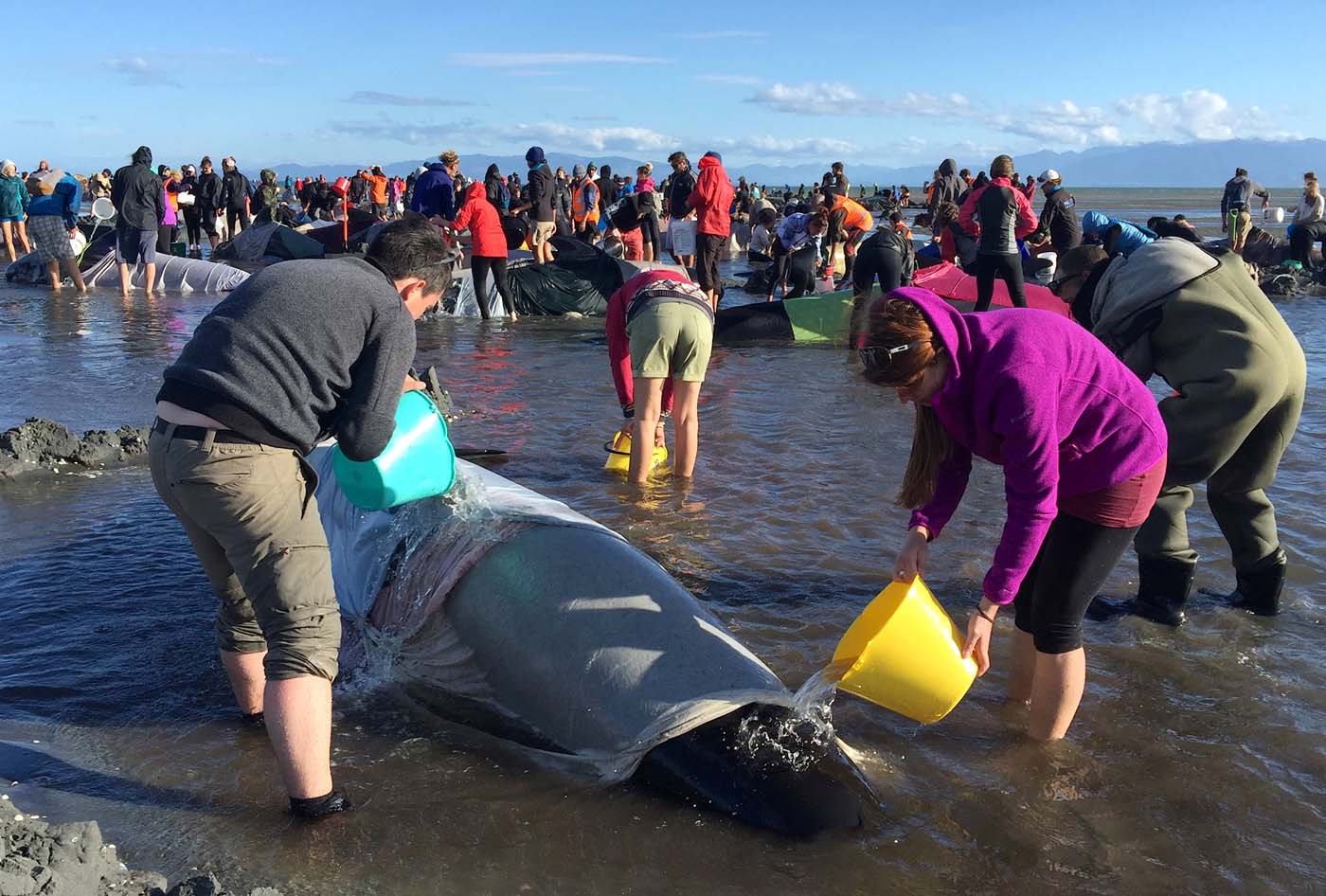
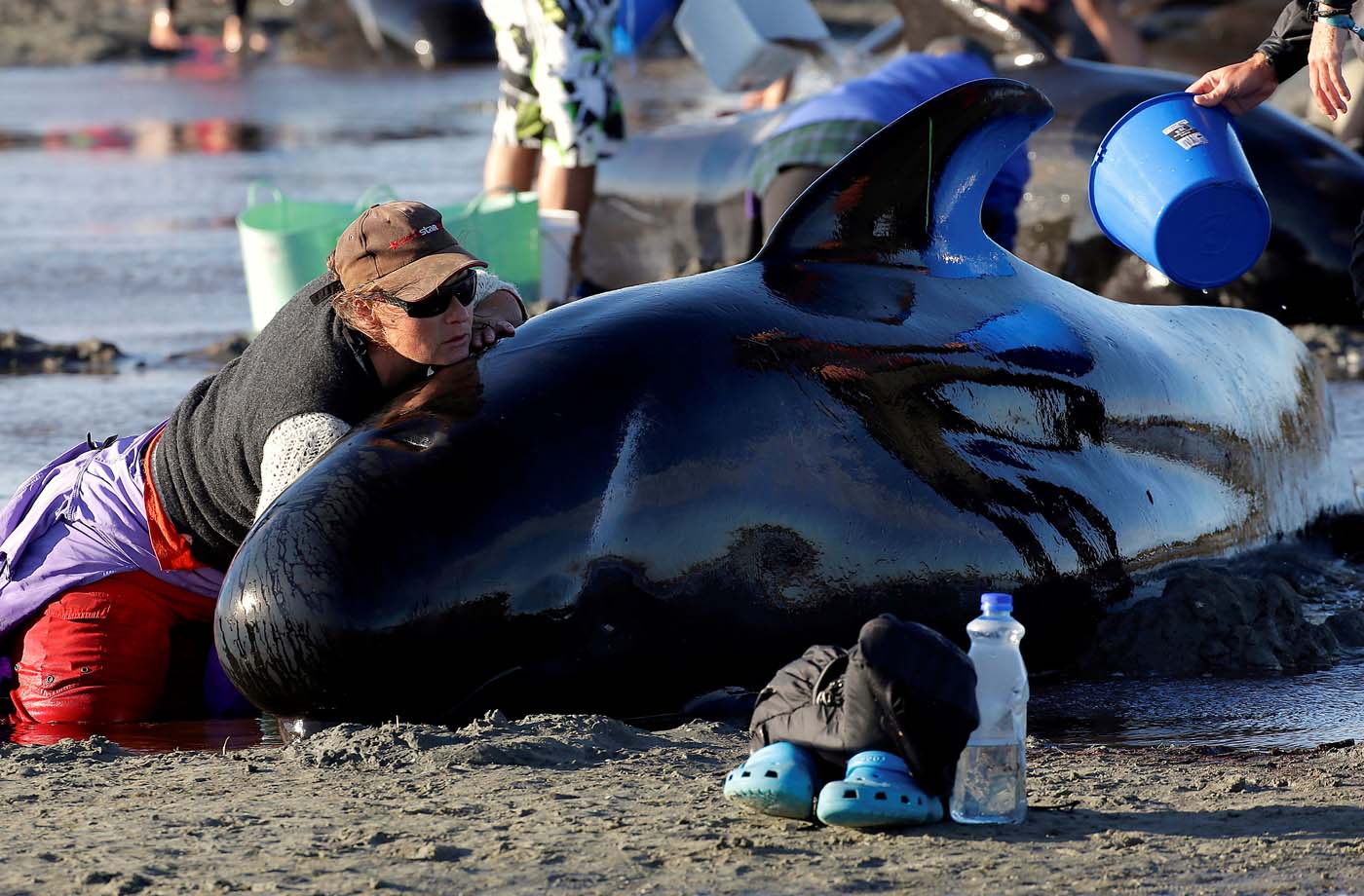
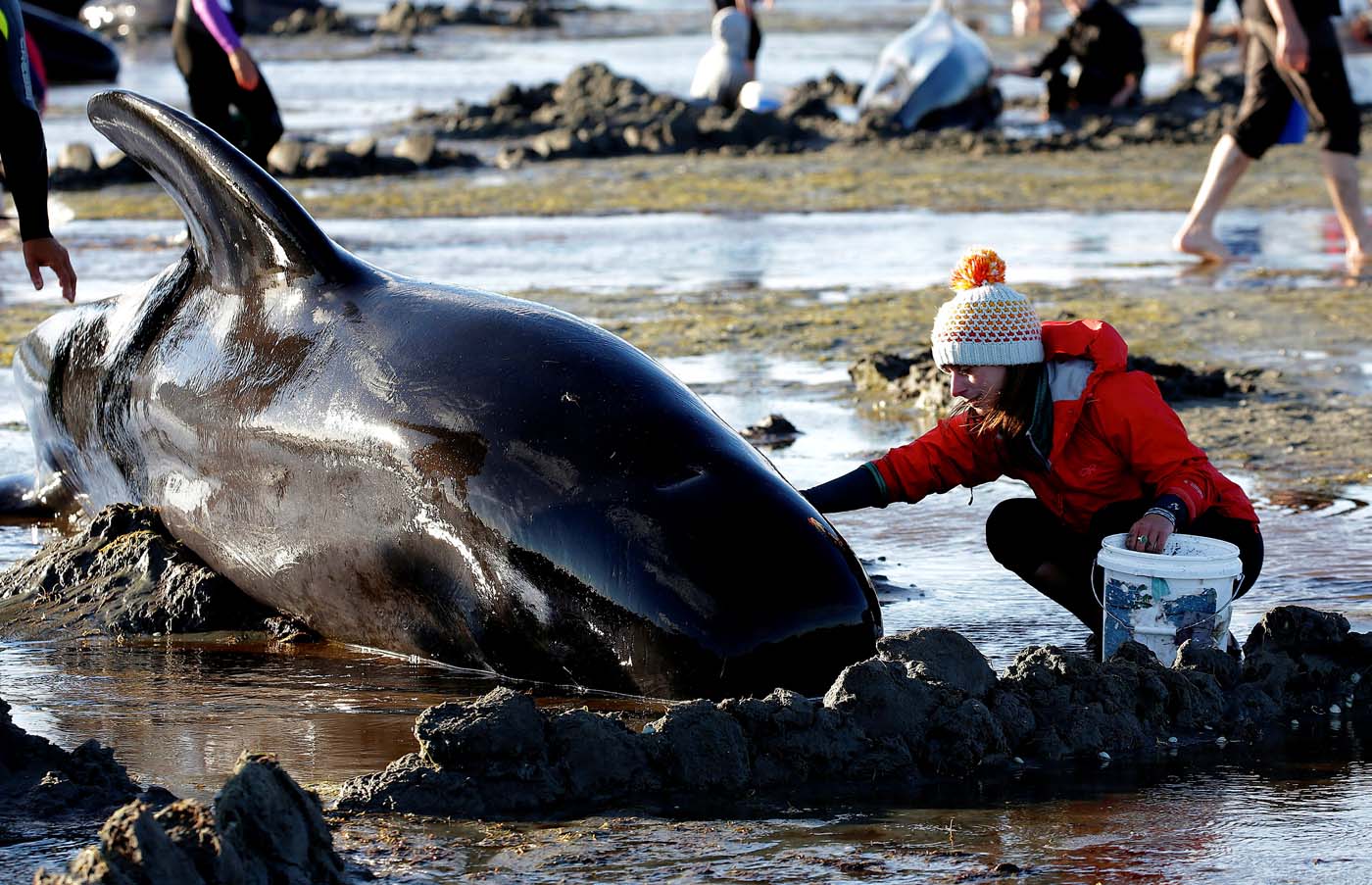
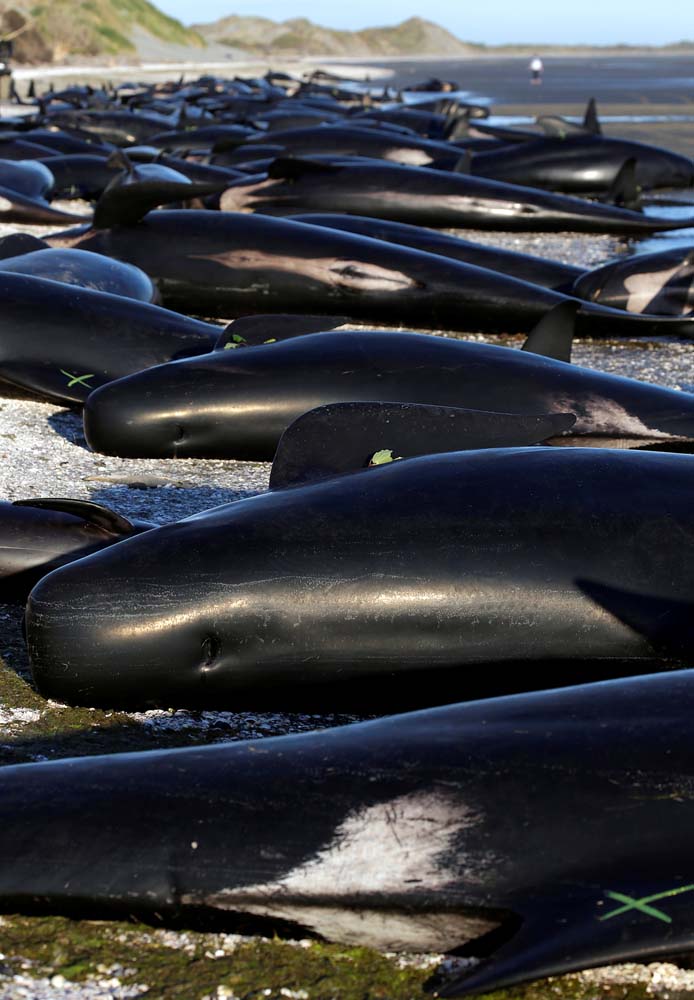
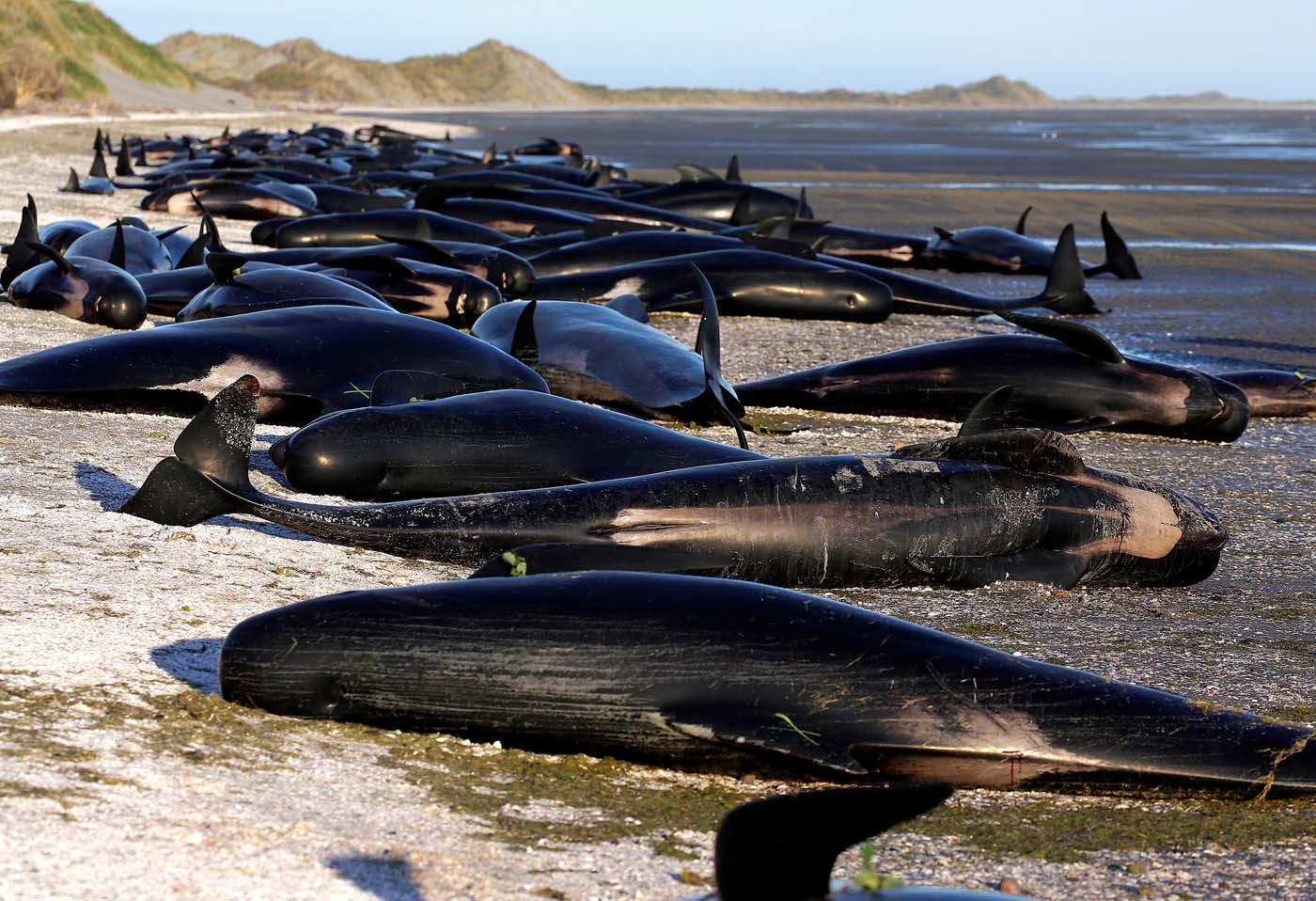
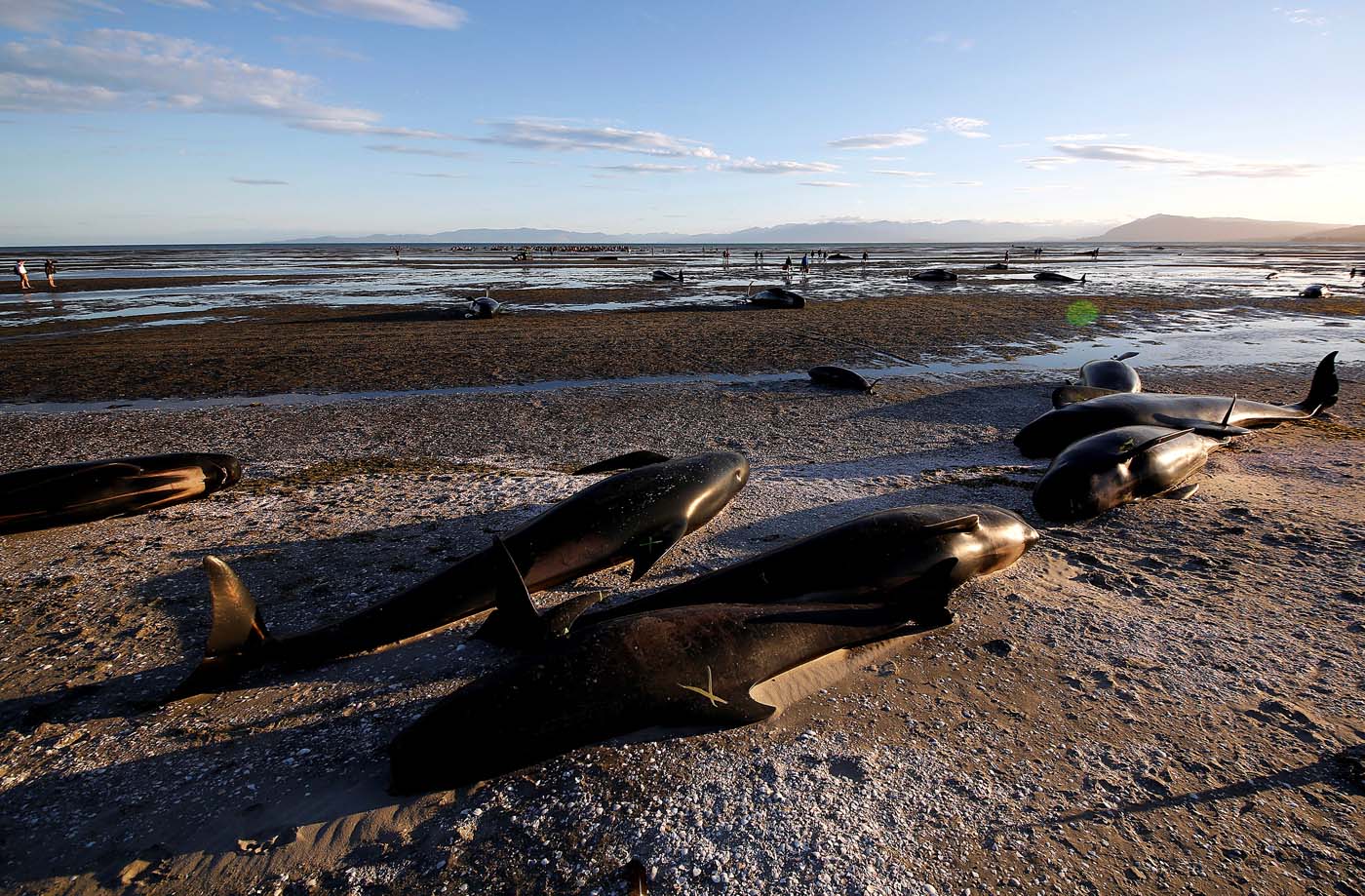
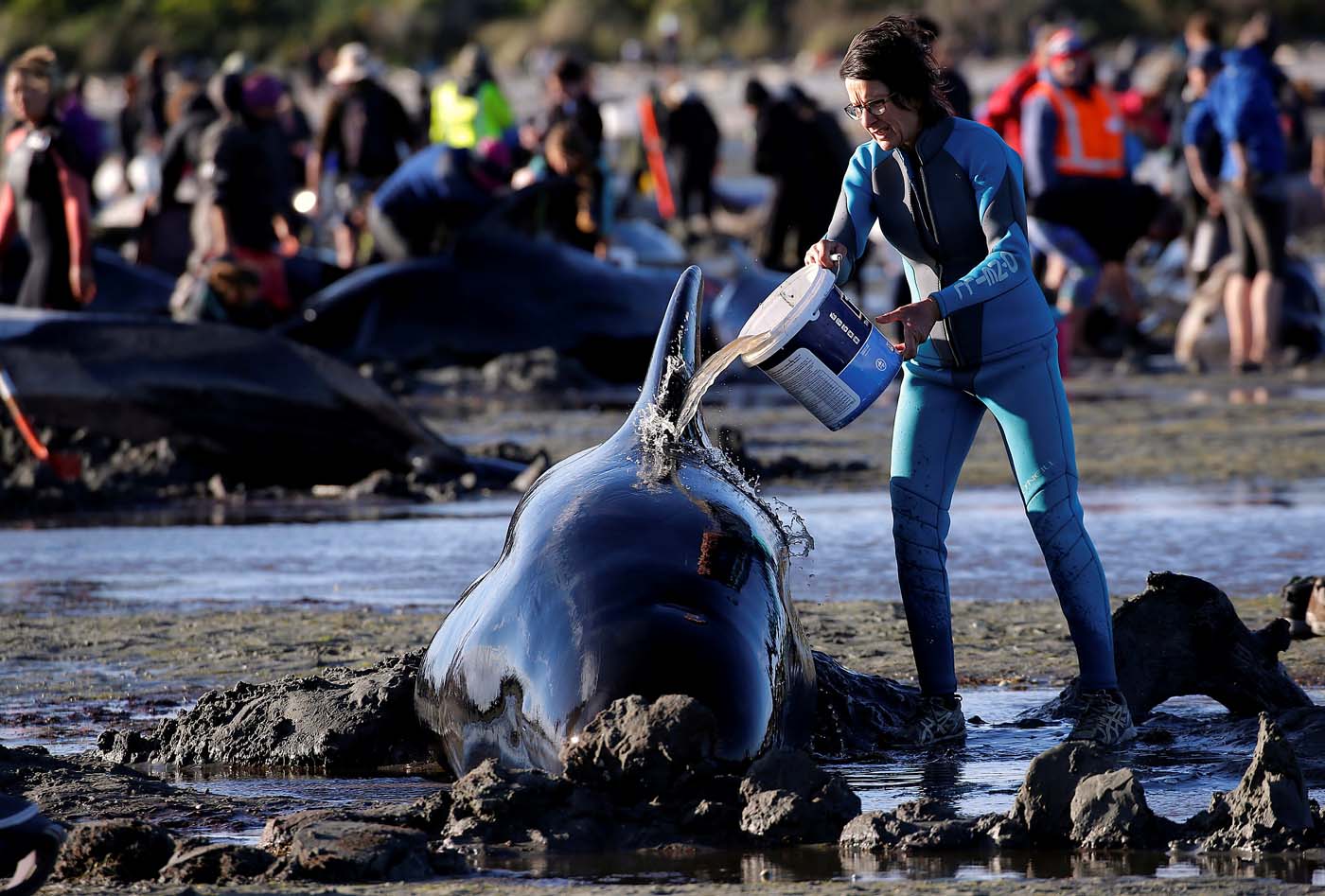
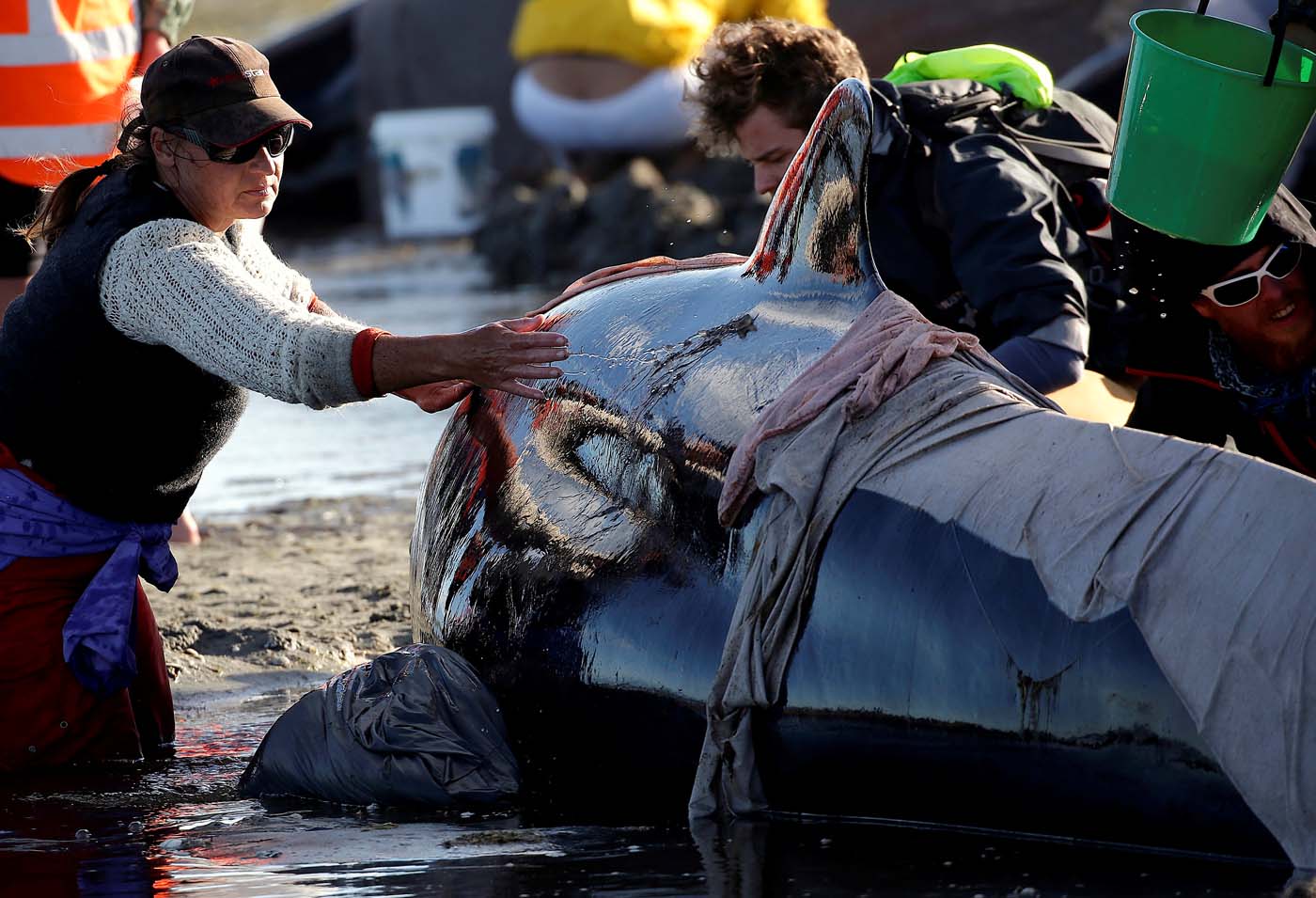
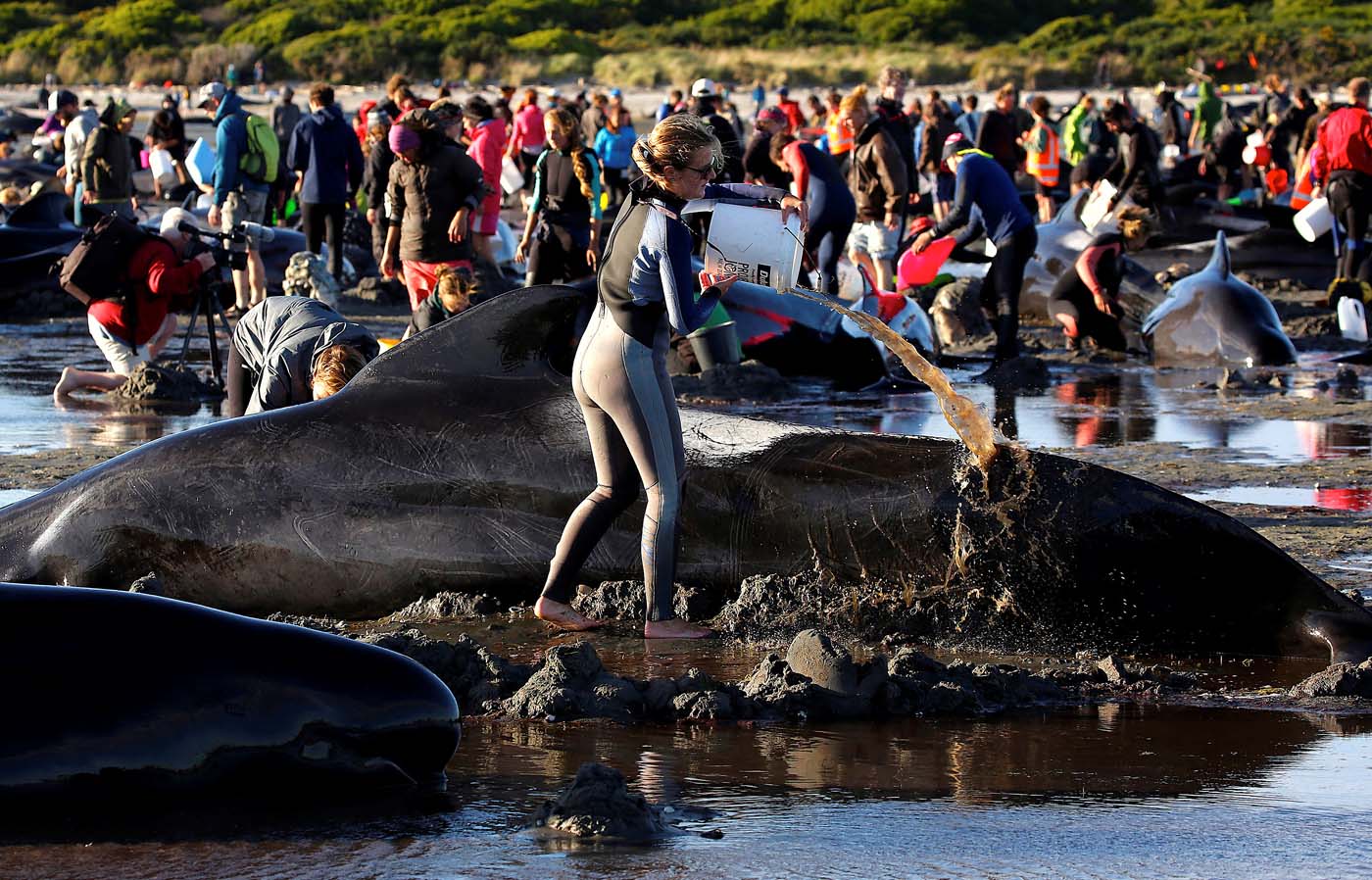
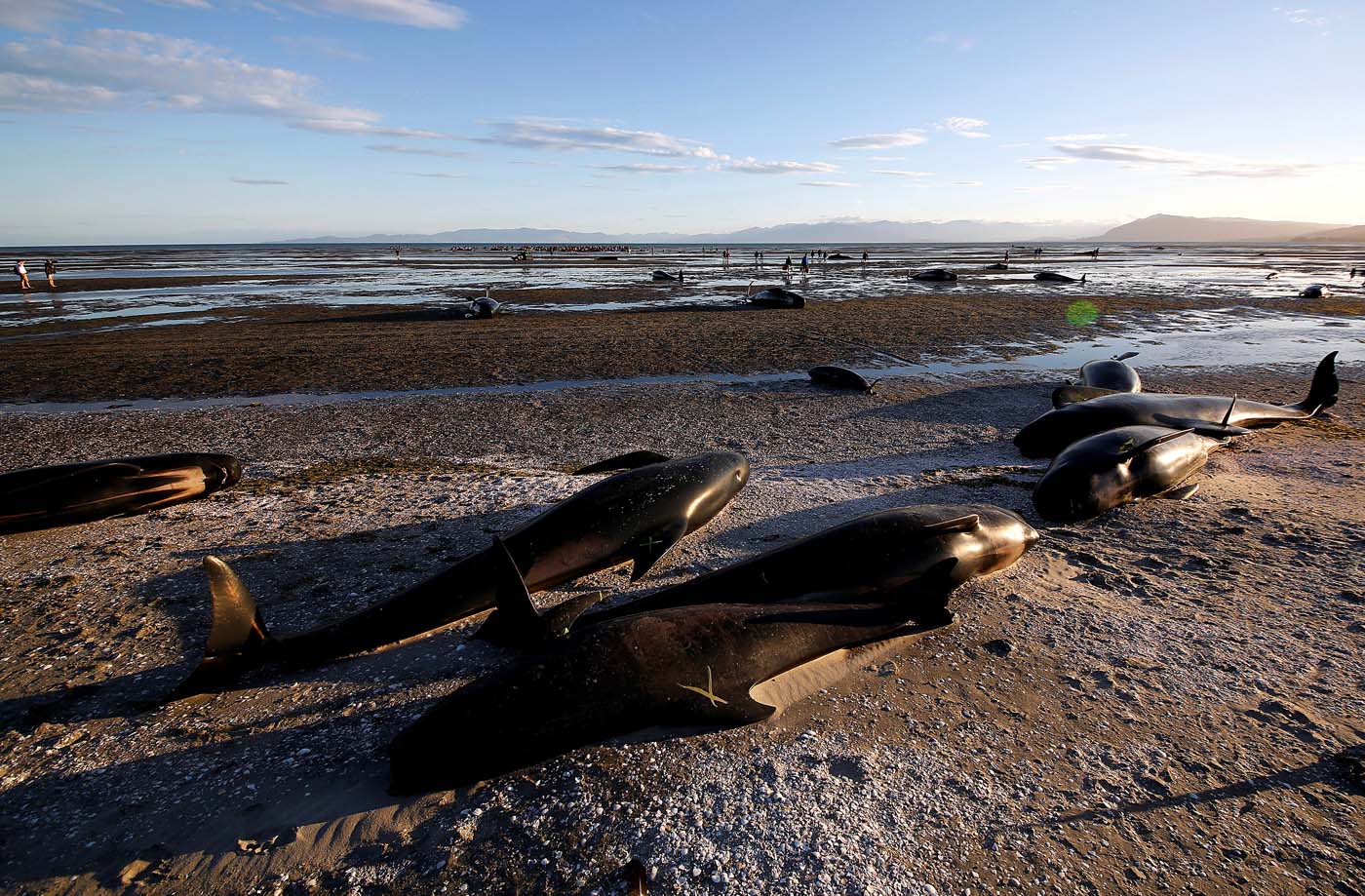
Fotos Reuters
Lea también:
¡Deja tu comentario!